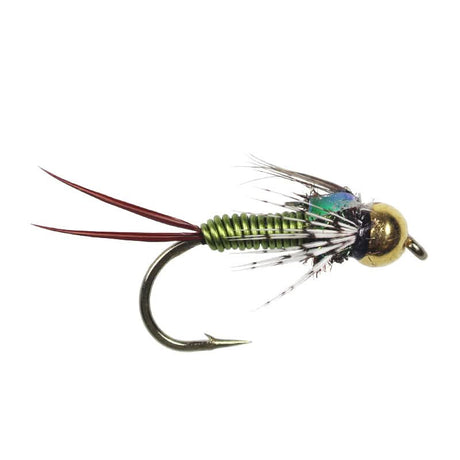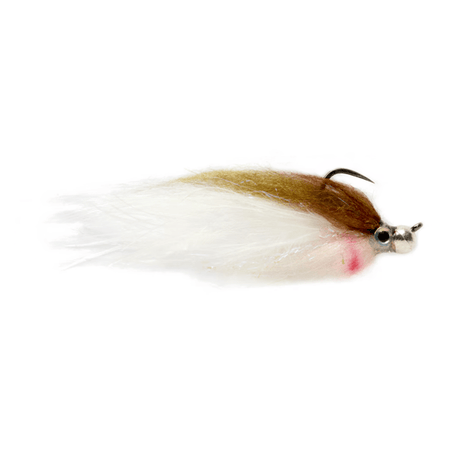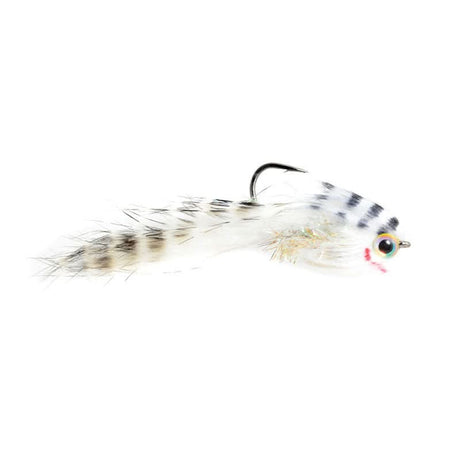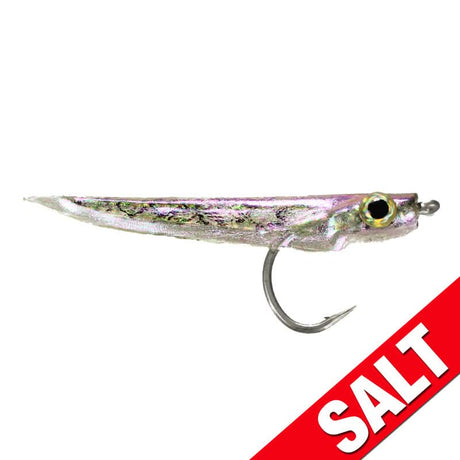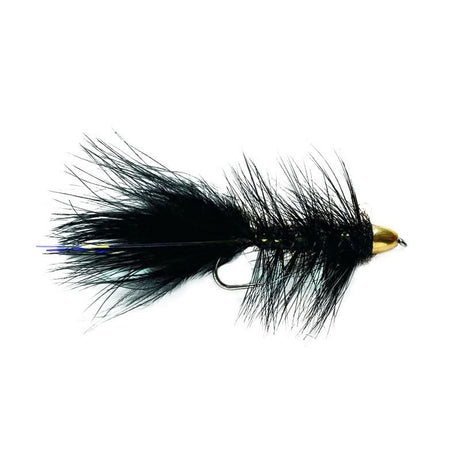Flies for fishing | Nymphs Perdigones | Dry Fly CDC | Streamers
In fly fishing, in many situations it is not only the precise and delicate presentation of the fly that counts, but also the consistency of the fly itself. This is why it is important to bring the right fly in terms of facet, color and size. of the respective season.
Dry flies, wet flies, nymphs and streamers.
We generally distinguish between dry flies, wet flies, nymphs and streamers. Then of course they are further divided into the various "special" flies.
Above all, the presence of insects on the water provides important information on the decision whether to mount dry fly, streamer, nymph or cdc. On some days the fly hatches from May provide information on the size, color and appearance of the fly that is attractive at the moment.
The avid fly fisherman inspects the variety of insects present on the shore and under water. Just turn a stone to get a vision of the presence of the insect. In the underwater world important life cycles of various insects reproduce most of the same show of sequences.
On some days a classic dry fly like “Sedge” or “Parachute” will be attractive dancing seductively on the surface. On others it is better to present a tungsten nymph deep to get to the fish. Weighted nymphs like “Prince” or “Pheasant Tail ” are the best known.
Land flies with their realistic appearance resemble an insect such as ant, fly or wasp. Streamer and Popper for active anglers are widely used in the fly fishing scene.
No less important are the Wolly Bugger, Conehead s, Muddler and Pike-Tail Streamer. CDC flies, wet flies and goldhead nymphs are a must-have for every avid fly fisherman. And for the modern angler, paradoxically , we offer the “oldest” fly in the world – the TENKARA fly.





